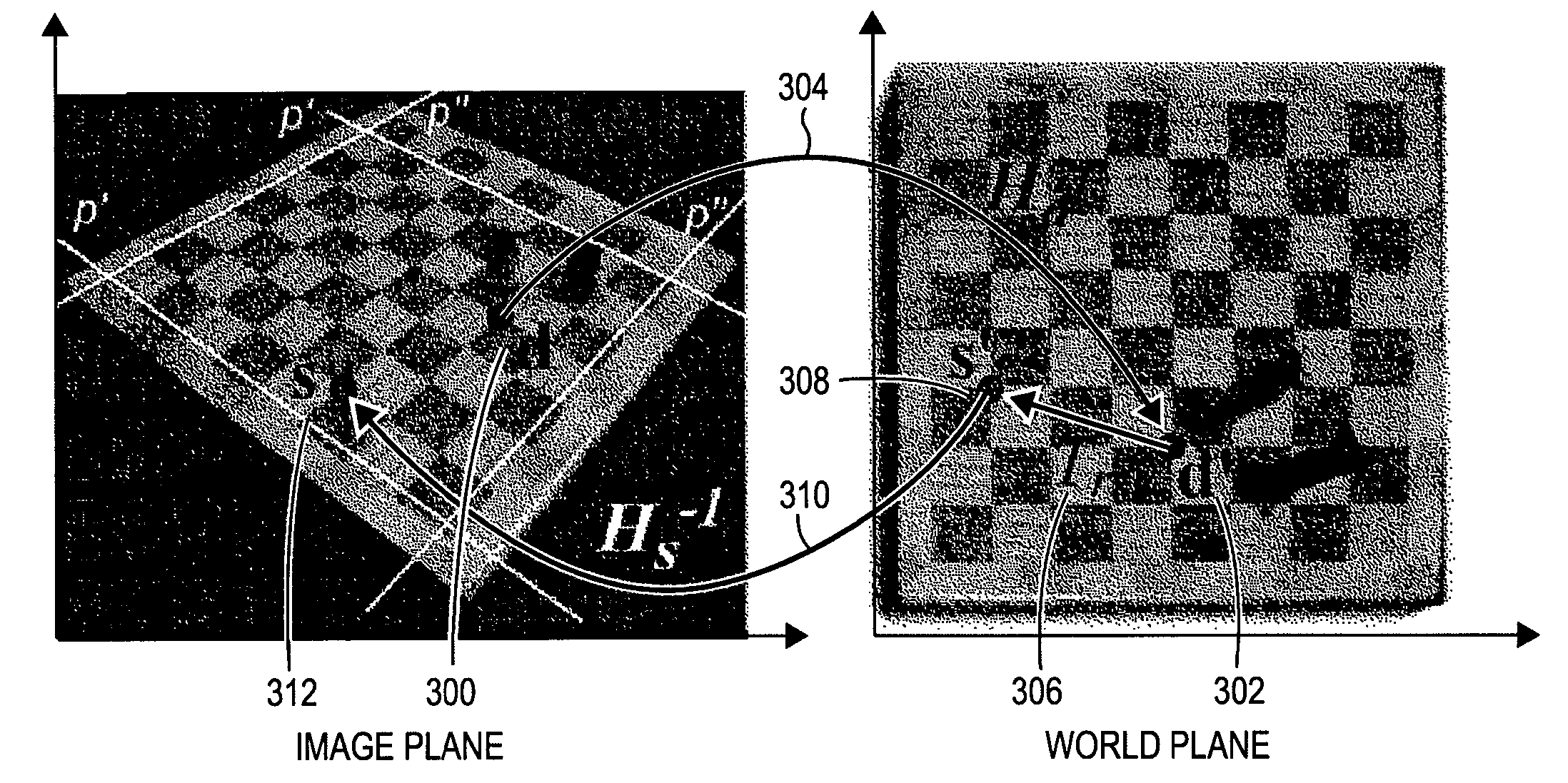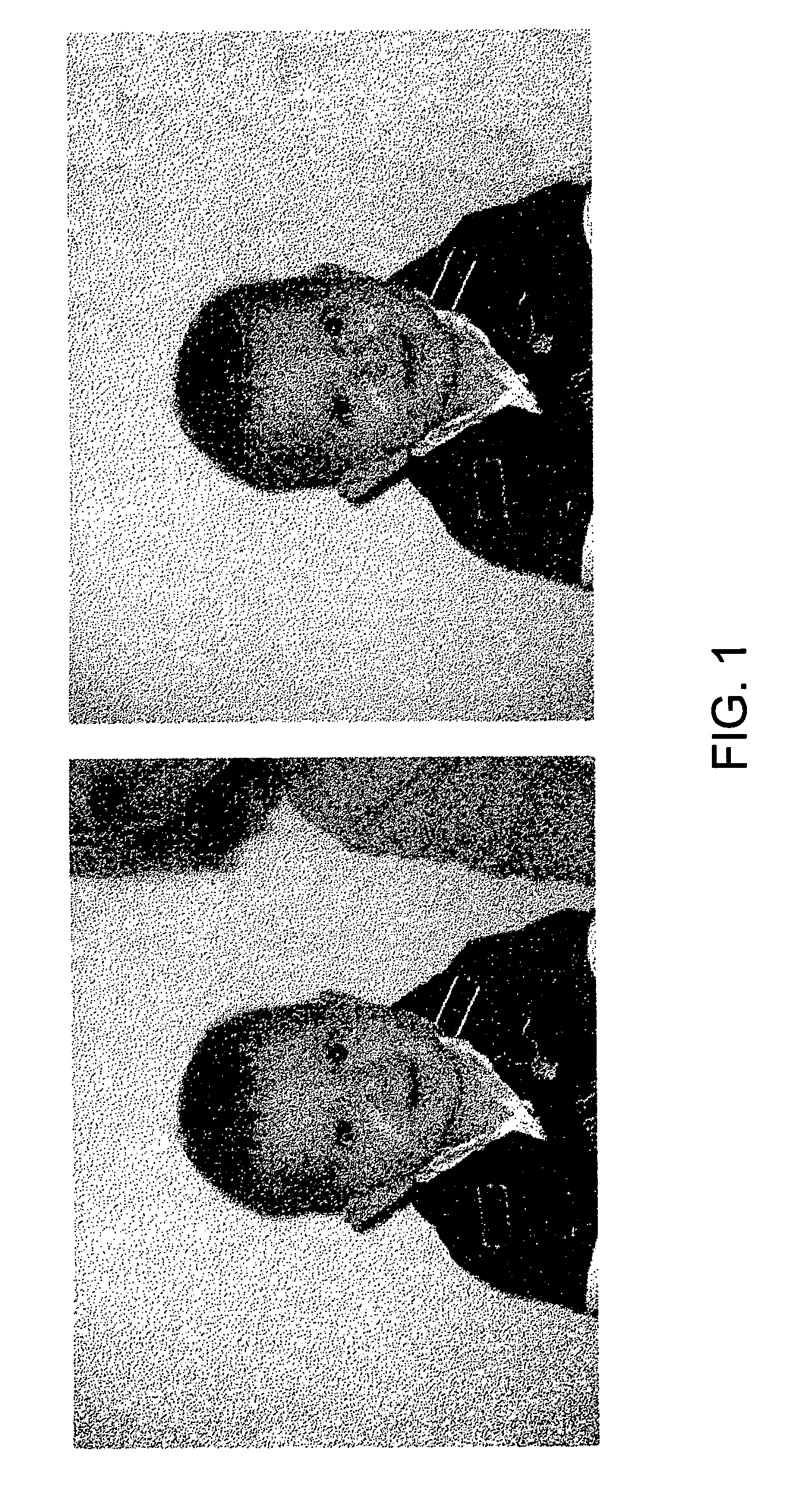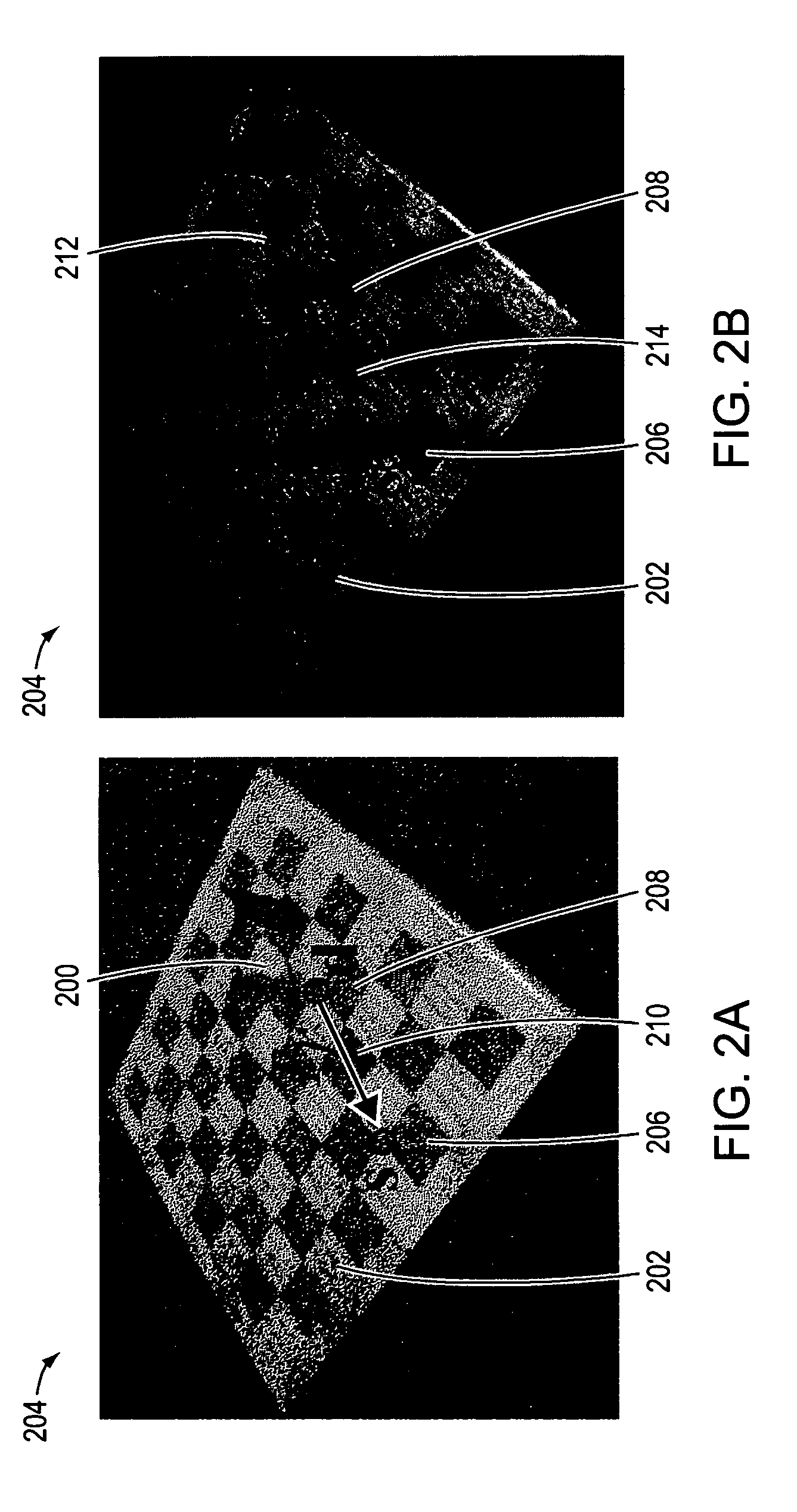Structure-preserving clone brush
- Summary
- Abstract
- Description
- Claims
- Application Information
AI Technical Summary
Benefits of technology
Problems solved by technology
Method used
Image
Examples
Embodiment Construction
[0036]To use a traditional clone brush, a user first selects a “source region” of the image and then paints over a “destination region” using a brush interface that copy-pastes pixels from the source to the destination. The use of a traditional clone brush is shown in FIG. 1, where the clone brush has been used to remove the partial image of a woman from the image.
[0037]An important concept of the traditional clone brush is the relative translation. Before clone brushing starts, the user selects the initial source and destination points, s and d respectively, to define the relative translation, Tr, computed in the image plane. As the clone brushing progresses, Tr determines the position of the source region with respect to the currently-being-brushed destination region. The equation to determine the location of the source pixel, xs, relative to the current destination pixel, xd, is
xs=Trxd. (1)
The color of pixel xs is then copied to the pixel xd.
[0038]A more general formulation of E...
PUM
 Login to View More
Login to View More Abstract
Description
Claims
Application Information
 Login to View More
Login to View More - R&D
- Intellectual Property
- Life Sciences
- Materials
- Tech Scout
- Unparalleled Data Quality
- Higher Quality Content
- 60% Fewer Hallucinations
Browse by: Latest US Patents, China's latest patents, Technical Efficacy Thesaurus, Application Domain, Technology Topic, Popular Technical Reports.
© 2025 PatSnap. All rights reserved.Legal|Privacy policy|Modern Slavery Act Transparency Statement|Sitemap|About US| Contact US: help@patsnap.com



